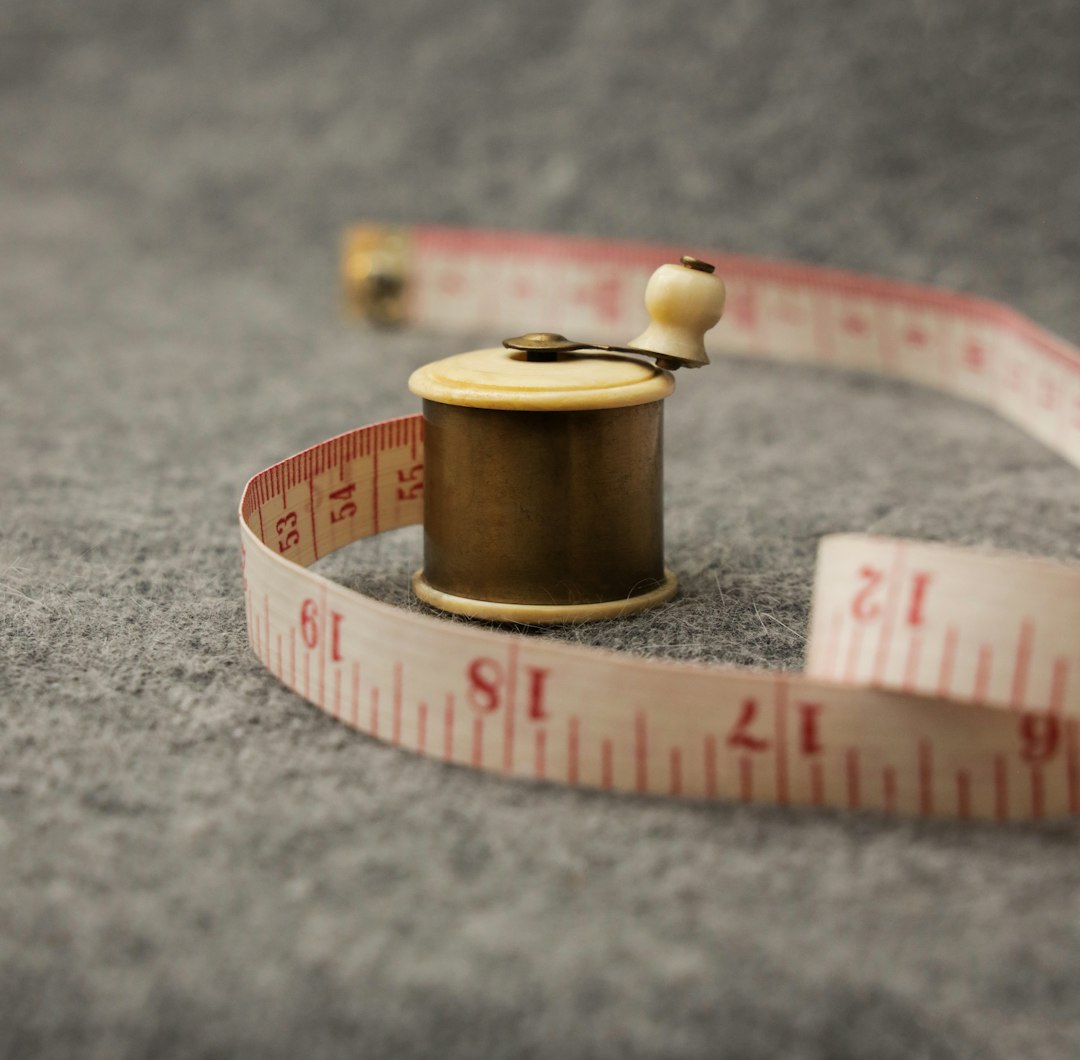If you have ever looked behind your TV or computer, you have probably seen a bunch of cables and wires running between different devices. These cables are known as cable assemblies and they are an essential part of many electronic devices.
Simply put, cable assemblies are groups of wires or cables that are bound together and usually enclosed in some sort of protective cover. The main purpose of these assemblies is to transfer data or power between different electronic devices or components.
Cable assemblies come in many different shapes and sizes, depending on their intended use. Some may be as simple as a single wire enclosed in a plastic sheath, while others may consist of dozens of wires and complex connectors.
One common application of cable assemblies is in the computer and telecommunications industry. For example, Ethernet cables are a type of cable assembly that is commonly used to connect computers to the internet or to each other in a network.
Another common use of cable assemblies is in the automotive industry. Cars and trucks are full of different electronic components that need to communicate with each other, and cable assemblies are often used to transfer data between these components.
Cable assemblies can also be found in medical equipment, aerospace technology, and many other industries where precise and reliable data transfer is essential.
One factor that makes cable assemblies so useful is their flexibility. Because they consist of many small wires or cables bound together, they can bend and conform to fit into tight spaces or around corners. This makes them ideal for use in many different applications where space is limited.
In addition to their flexibility, cable assemblies are also designed to be durable and reliable. In many cases, they are subjected to extreme conditions, such as high temperatures or exposure to harsh chemicals, so they need to be able to withstand these challenges without failing.
There are many different types of cable assemblies available, each with its own unique characteristics and advantages. Some common examples include ribbon cables, coaxial cables, and multi-conductor cables.
Ribbon cables are flat cables that consist of several parallel wires that are bound together. They are commonly used to connect internal components of electronic devices, such as computer motherboards or printers.
Coaxial cables consist of a central wire surrounded by a layer of insulation and a braided shield. They are often used for transmitting high-frequency signals, such as those used in cable television or satellite communications.
Multi-conductor cables are assemblies that consist of multiple wires or cables bound together in a single sheath. They are often used in applications where many different signals or power sources need to be transmitted between different devices.
Cable assemblies are an essential part of many different electronic devices and systems. They provide a reliable and efficient way to transfer data and power between different components, and they can be customized to fit the unique needs of a particular application.
Whether you are using a computer, driving a car, or receiving medical treatment, there is a good chance that cable assemblies are playing a vital role in making it all work smoothly and reliably.
Cable assemblies are a key component of many different electronic devices and systems. They are designed to transfer data or power between different components, and they come in many different sizes and shapes to fit the unique needs of a particular application. When choosing a cable assembly, it is important to consider factors such as durability, flexibility, and the type of signals or power that need to be transmitted.











